 |
 |
 |
 |
 |
 |
|
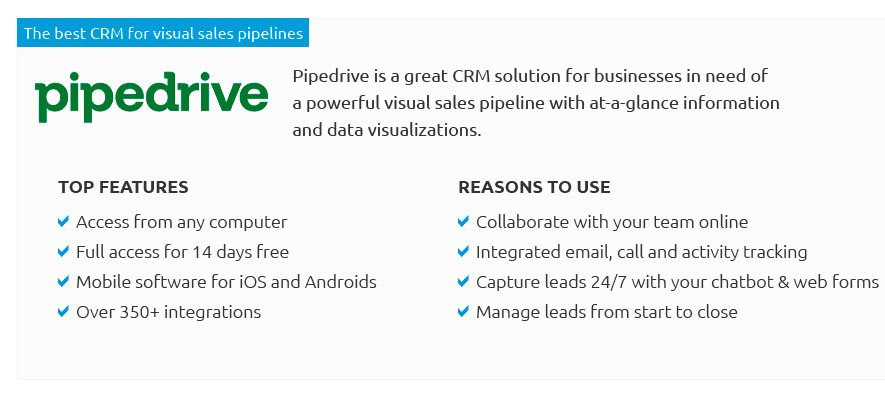 |
|
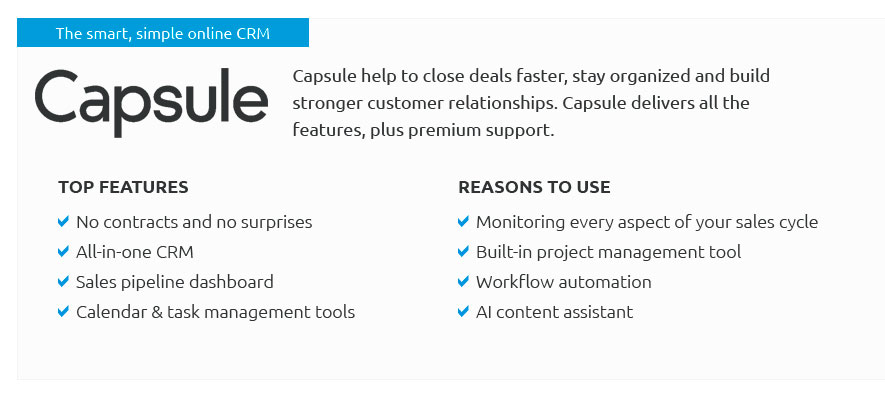 |
|
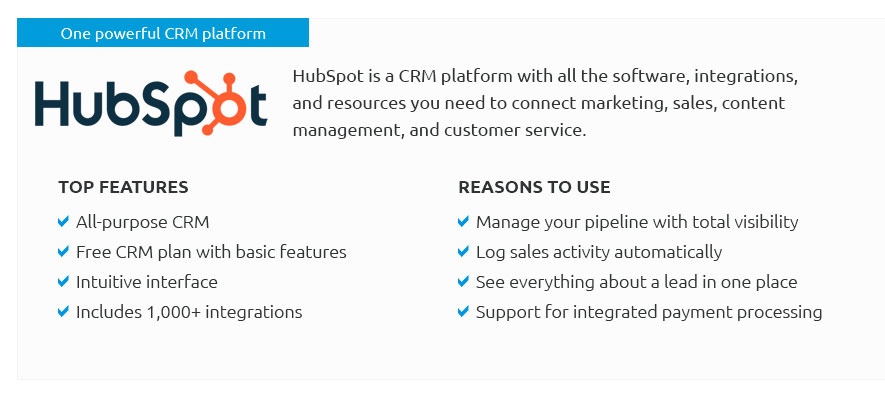 |
|
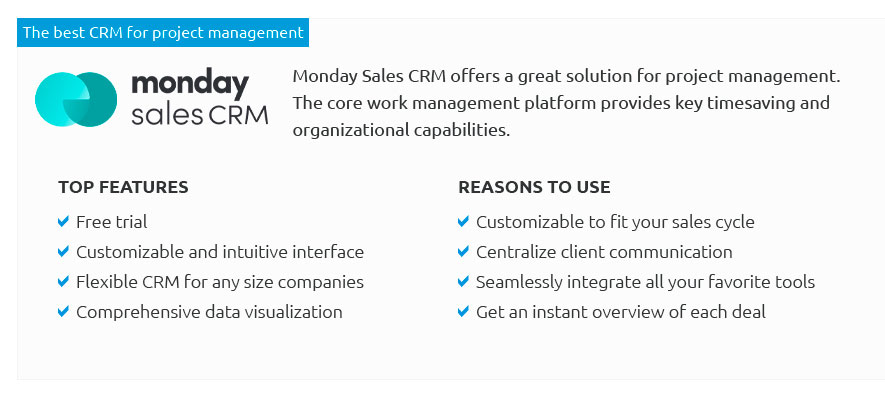 |
|
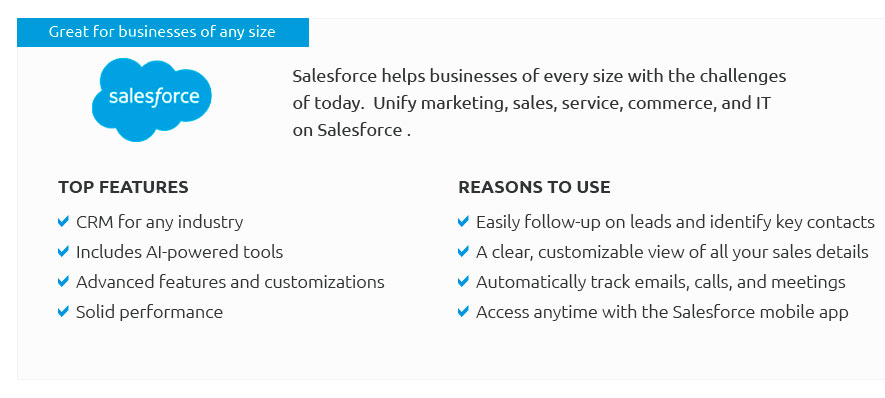 |
|
 |
 |
|
fp9due2y6 Comprehensive Sales and Marketing Plan Example for Business SuccessCreating an effective sales and marketing plan is crucial for the growth and success of any business. This guide provides a detailed example that can help you develop a plan tailored to your needs. Understanding Your MarketBefore diving into strategies, it's important to understand your target market. Analyze demographics, preferences, and behaviors to tailor your approach. Identifying Customer SegmentsSegment your audience based on factors such as age, location, and purchasing habits. This allows for more targeted campaigns. Setting Goals and ObjectivesEstablish clear, measurable goals to guide your marketing efforts. Short-term Goals
Long-term Goals
Developing a StrategyYour strategy should align with your goals and customer insights. Digital MarketingUtilize online tools and platforms to reach a broader audience. Consider using a best CRM for travel agents to streamline your customer relationship management. Content MarketingCreate valuable content that addresses customer needs and showcases your expertise. Budgeting and ResourcesAllocate resources wisely to ensure your plan is sustainable.
Monitoring and EvaluationRegularly assess the performance of your marketing initiatives to ensure they are effective. Key Performance Indicators (KPIs)
FAQWhat is the importance of a sales and marketing plan?A sales and marketing plan provides a strategic roadmap for achieving business goals, ensuring alignment across teams, and optimizing resource allocation. How often should I update my sales and marketing plan?It's advisable to review and update your plan annually, or more frequently if there are significant market changes or shifts in business objectives. https://home.ubalt.edu/ntsbpitt/SpreeMPE.htm
Five new sales representatives will be added to assist in the development of new distribution outlets. A sales trainer will be hired to train the sales force in ... https://www.highspot.com/blog/sales-and-marketing-plan/
Sales Plan: Includes sales tactics, prospecting strategies, target setting, and customer relationship management (CRM) activities. Marketing ... https://business.adobe.com/blog/basics/marketing-plan-examples
How to create a marketing plan - Executive summary. This is a high-level overview of your business and the marketing approach you'll follow.
|